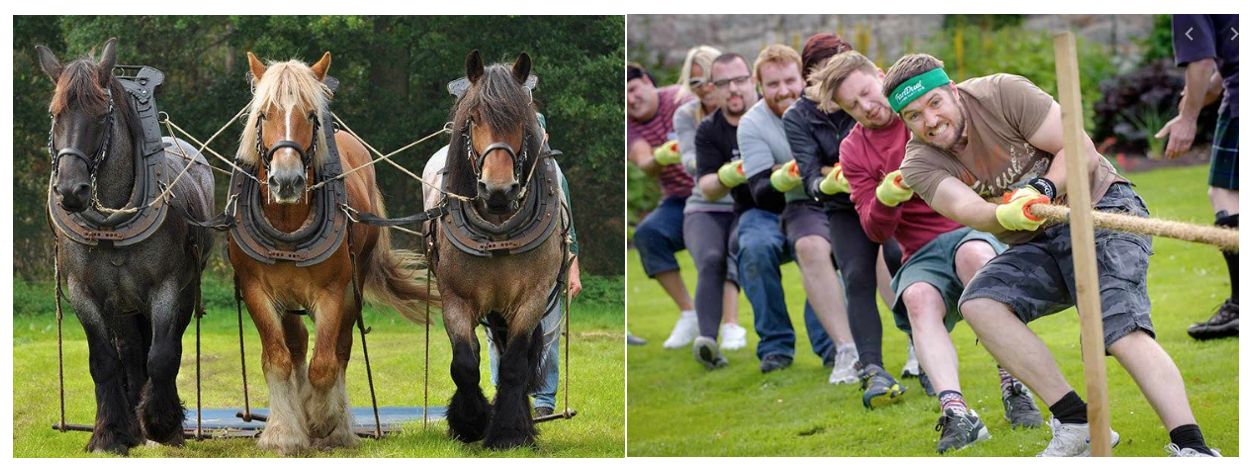Training as a prevention advisor no longer suffices
During a session on safety behaviour and leadership, one participant responds by saying: “This was by far the most interesting module of the overall training programme because it goes to the heart of the challenge we face every day as a prevention advisor. This session should not only be given at the beginning of the training, the topic of safety behaviour should cover at least half of the total training…”.
Hit the nail on the head.
Occupational safety is high on the agenda everywhere.
We can’t ignore it: for several decades, occupational safety has been high on the agenda everywhere. And rightly so.
Since its inception, the field of occupational safety has undergone quite an evolution. In the early days, the most important safety function was that of a safety engineer.
As technological evolution accelerated, the focus of attention shifted from technical safety aspects to the organisational side of occupational safety. As a result, the implementation of all kinds of safety care systems became very important. Occupational safety became more and more an administrative field, in which the management and updating of ‘the system’ became predominant.
Meanwhile, it is clear to everyone in an organisation that the impact of safety care systems on the total perception of safety is running into its own boundaries.
Rapidly growing attention to safety culture.
Safety culture is a concept that has rapidly gained popularity. On the one hand, it remains a vague and sometimes elusive concept; on the other hand, it is undoubtedly the aspect with the greatest impact on your safety results. After all, it is about the collective way in which an organisation deals with occupational safety.
Changing and/or developing a safety culture is a matter of influencing collective behaviour. Influencing individual behaviour is quite a challenge in itself, let alone group behaviour. Influencing organisational behaviour, which has often grown over decades, is therefore a challenge of a much higher order.
Classical behavioural theories have come to an end.
There are still managers, executives and those in charge of support services who – consciously or unconsciously – assume that (safety) behaviour is the result of a rational and analytical thought process. A thought process that can be steered in the right direction by means of legislation, procedures, instructions and/or other forms of safety communication. However, this vision is outdated.
Insights in the behavioural sciences are now light years away. The research of leading scientists such as Kahneman, Thaler, Ajzen and Cialdini sheds a completely different light on aspects such as consumer behaviour, traffic safety or safety behaviour on the work floor.
All behavioural scientists now agree that human behaviour is largely the result of unconscious, intuitive thought processes that have very little to do with rational considerations.
A challenge of a higher order requires superior competencies.
It should be clear to everyone that in order to develop, change and/or influence safety behaviour, knowledge of the relevant legislation is not sufficient. Insights into electrical and/or chemical risks or the management of the applicable safety care systems in your organisation are no longer sufficient either.
From now on, other competencies are on the agenda: competencies that have their roots in the world of psychology, sociology, biology and anthropology. But also strengthening your personal skills and qualities, such asrelational intelligence, self-motivation and authentic leadership, are of the utmost importance.
Are you armed to face this new challenge?
Let’s be clear: in existing training courses for safety specialists, the focus is still on legislation, technical safety, organizational safety and related disciplines. The legislator is hopelessly lagging behind.
The legal responsibilities of the hierarchical line do not provide an adequate answer to these behavioural challenges either, and neither do the compulsory training courses that organisations have to offer to their managers.
Therefore, the conclusion is quite clear: there is an urgent need for training programmes that meet the transformation challenge for prevention advisers and line management: the transformation from technician to psychologist.














